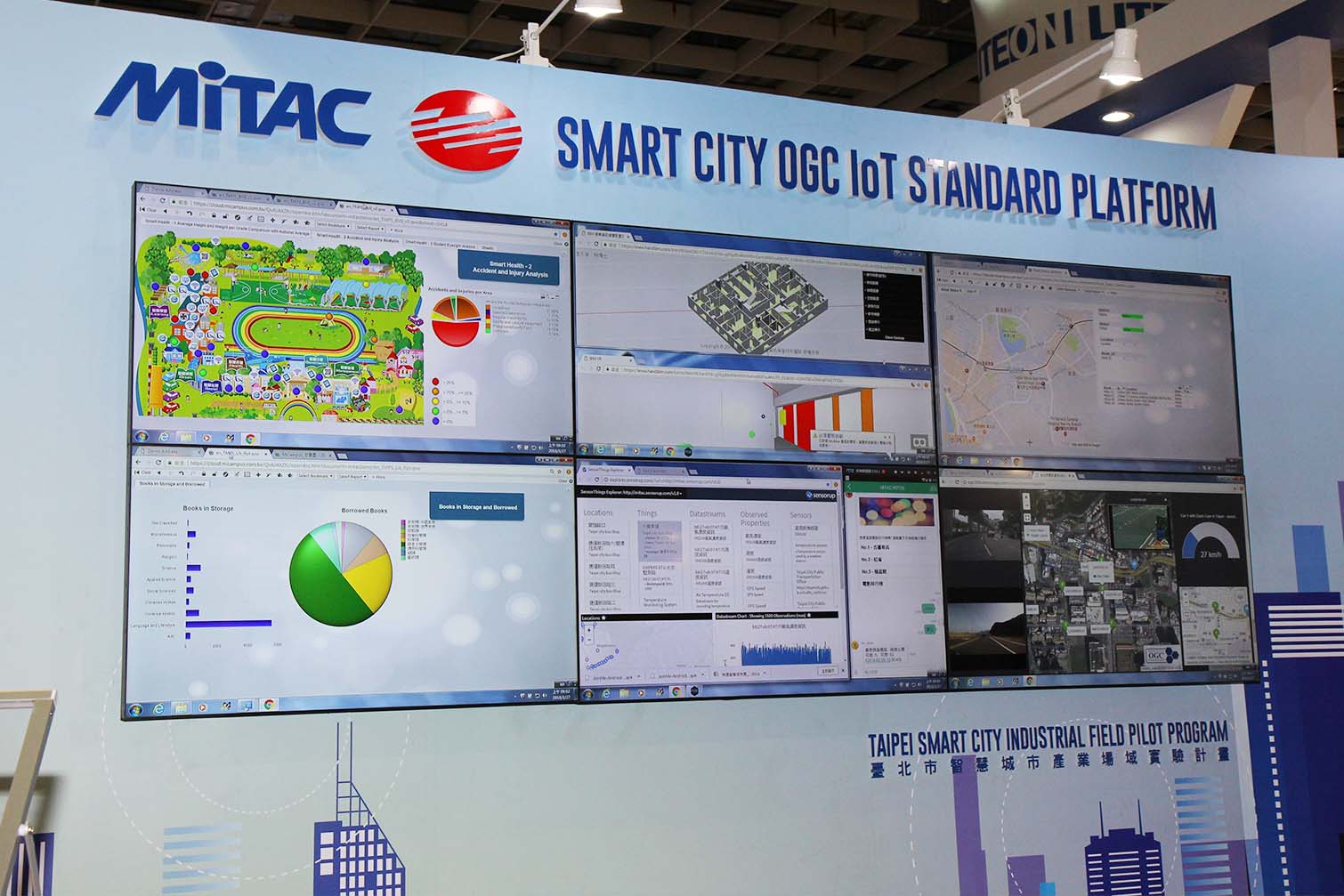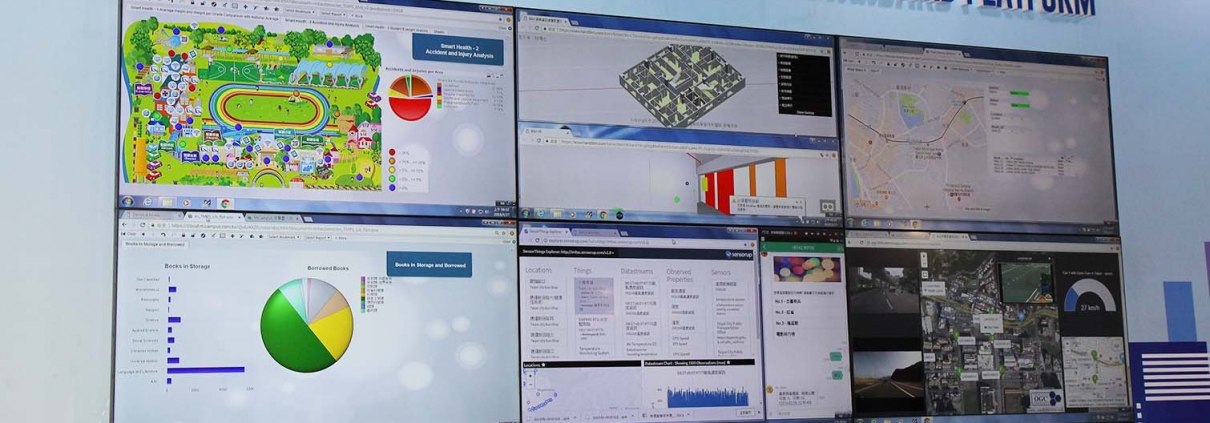MiTAC’s MiOGC help build Smart City IoT

A city construction project has been always achieved by awarding a single contract. However, it will cost a lot of resources to integrate the system when there are new systems established in the ever-changing information systems environment, especially systems with different data types of sensors built by start-up or traditional companies.
With open structure and international standards, municipal information and city censoring data could be exchanged and integrated in all systems to speed up the convenience and sharing in smart city.
With current blossoming IoT data standards and the eagerness to offer various smart applications including smart street lighting, smart transportation, smart public housing, Taiwan and other countries need one international common standard as an tool of interation, that is, OGC SensorThings standard.
MiTAC hopes to offer a communication platform on the basis of OG SensorThings standard to all smart systems, open data and innovation applications not only to improve city services and local industry development but to activate the use of data and make it as the base of smart territory and city management solution.
OGC SensorThings Standard allows city to speedily establish international-standard-approved IoT and Smart city. This standard is recommended by BSI (British Standards Institution), used by EU, United States, Canada, Singapore, and is about to become a United Nation standard.
MiTAC established the OGC-based platform, MiOGC, with in-built standard API and various applied models including GIS map data, network traffic control, sensor sending & receiving, device management model, data dashboard and data mining model, accelerating the connection of smart city IoT applications and data analysis without additional cost.
MiOGC is suitable for cities to build smart city IoT system. By implementing MiOGC, benefits are expected and include:
1. Improving government efficiency and visibility; upgrading legacy system to IoT system; adding value to e-government management.
2. Breaking the dilemma on existing smart systems operating independently; slashing the rework of new system establishment.
3. Leveraging the best value out of open data with a unified platform in the field of big data and AI innovation industry.
4. Integrating various convenient citizen services on applied system and Apps; establish a smart e-government service platform.




